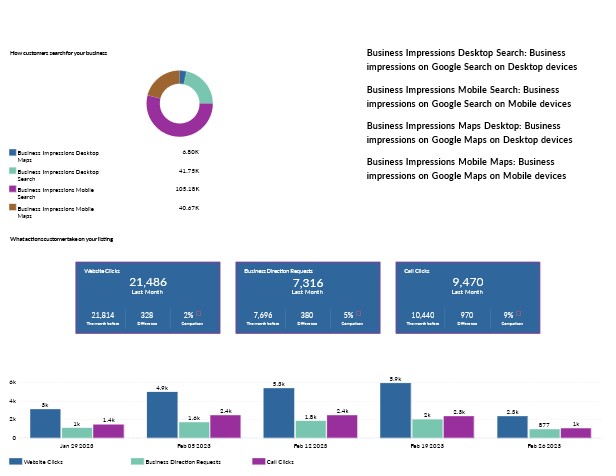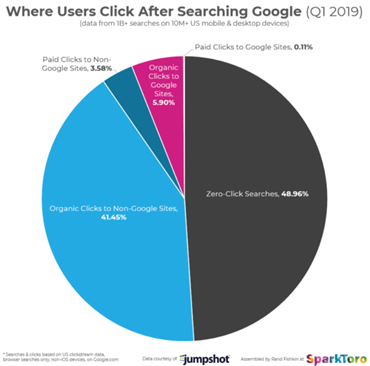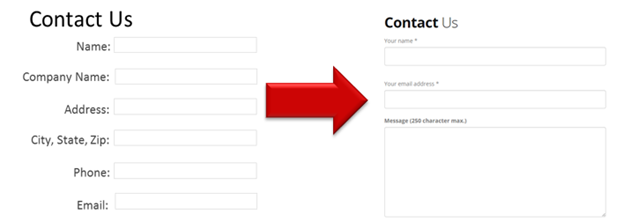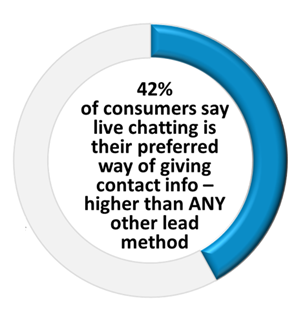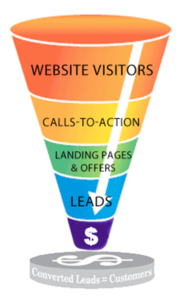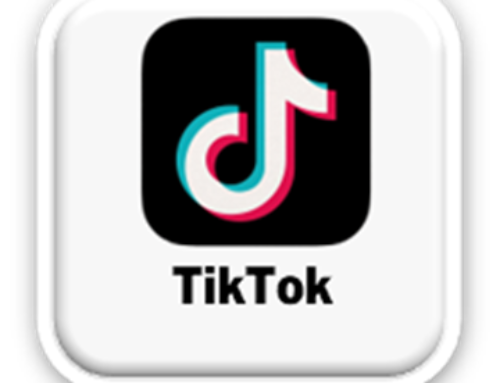Digital has a leg up compared to other forms of media because it is more trackable. You can get an idea on what consumers are doing after they see the ad or after they click the ad through what is called a conversion. A conversion is the action someone takes on the advertiser’s website after they have seen the ad or click to a website. Ultimately, it’s the goal that the advertisers want for the visitor to do on their website. Some examples of conversions are:
- Making a purchase or clicking “add to cart” on a website
- Clicking to a certain page of a website that the advertiser wants to track (products/services page, info page, etc.)
- Downloading info or discount offer from a website
- Filling out a “contact us” form
- Registering for a newsletter or offer
- Watching a video
- Creating an account
- Clicking on a specific button on a page
- Clicks on the Live Chat box to initiate a chat
- Clicking on the menu/header pages on a website
By tracking conversions, you are able to see more of the customer’s journey and what they are interested in. When tracking conversions, there are several things you want to pay attention to because the consumers actual journey is going to be much different than what the business owner expects that journey to look like.
For example, if I own a dental practice and I want people to come in for a whitening service and I run an ad for $100 off, as a business owner I might expect to see a lot of form fill outs since that is a decent sized cost savings. As a consumer, I might see that ad and it might pique my interest, but I don’t take action that first time I see the ad because I want to get more information about the service. Maybe I want to know how long the procedure takes, or how long the results last, if there are payment plans available, or do I need to be a current patient to get this offer? Maybe a few days after seeing the ad I remember the name of the dental practice and I call the office to get my questions answered. That phone call was initiated because of the ad that I was served, but the digital campaign won’t get credit for that on the monthly reports. This is one reason why adding a business’ Google Business Profile to the monthly reports can help tell a story. Here’s an example of the report we can add that shows the advertiser’s Google Business Profile analytics:
A zero-click search refers to a search engine result page (SERP) feature in which the search query is answered directly on the search results page itself, without requiring the user to click on any specific search result links to obtain the information they’re looking for. Zero-click searches are designed to provide users with quick and concise answers to their queries and are often displayed at the top of the search results. The information is extracted from websites that the search engine deems as authoritative sources. While this feature can be convenient for users, it can also impact website traffic as users may not need to click through to any specific website if they find the answer they need directly in the search results. Forty nine percent of all Google searches are zero click searches, but through the Google Business Profile report, you are able to see a lift in calls, directions, or maps and compare that to a time when the business wasn’t advertising to when they were.
When looking at getting conversions with a campaign, you want to make sure you are tracking conversions that are easily accessible for a consumer. For example, if getting phone calls is the key performance indicator (KPI) of the campaign, make sure the phone number is listed at the top of the screen on a mobile device. If getting form fills is the main KPI, what kind of form are they asking people to fill out? How many fields are there? Reducing the number of required fields will help create a cleaner form and keeps from overwhelming the user. In a study by QuickSprout, a form with only three fields saw a conversation rate of 25%. That percentage was reduced to 20% with up to five fields and to 15% with more than six fields. Also, if the main KPI is form fills, don’t base the success of the campaign on JUST form fills as the only conversion. The average contact page converts a measly 1% of visitors. This goes back to the business owner wanting the consumer to act in the way that they want them to, not the realty of how the consumer will act.
In addition to tracking form fills, the business should utilize a Live Chat feature. By offering that, it is another way that the consumer can interact with the business. They are able to reach out the way that they want to. Also, consumers are more comfortable giving their information to a live chat agent compared to submitting a form and not being sure where that information ends up. Almost half of consumers say that they prefer to use a live chat feature as their preferred method of giving out their contact information.
The call-to-action button can also play a part in the number of conversions. Optimize the submit button by choosing the best words. QuickSprout also showed that certain words and phrases get more clicks than others. The word ‘Submit’ saw a 3% decrease in clicks. Instead, consider using action words that inform the user of what’s happening or what to expect. For example, phrases such as “Request Information” or “Request Price” or remind the user of what’s happening.
You also want to see if the website is loading in a timely manner. A one-second delay in load speed can reduce your conversions by 7%. According to Google, anything over three seconds and you could lose up to 50% of your traffic.
A quick way to see how fast (or slow) a website is loading is to use this tool: https://pagespeed.web.dev/
This website can help web developers optimize the performance of their websites. It analyzes web pages and provides recommendations to improve various aspects of their performance, such as loading speed, accessibility, and best practices for web development. Some of the key features and functionalities of the PageSpeed Insights tool include:
- Performance Score: provides an overall performance score for the webpage based on various performance metrics.
- Opportunities: identifies specific opportunities for improvement, such as optimizing images, leveraging browser caching, or reducing server response times.
- Diagnostics: highlights potential issues that may affect the webpage’s performance, such as render-blocking resources or unused CSS/JavaScript.
Overall, the PageSpeed Insights tool helps web developers identify areas where their websites can be optimized for better performance, user experience, and search engine rankings.

